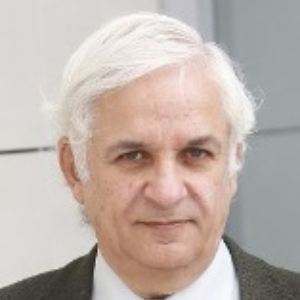Title : Autoanalysis, a powerful software for laboratory automation
Abstract:
AutoAnalysis is a software which affords a high flexibility in automating analytical methods. Thus, with an appropriate choice of instrumental modules and the required dynamic link libraries (DLLs), AutoAnalysis allows the automatic or semi-automatic implementation of a host of flow techniques including FIA, SIA, MCFIA, MPFS, MSFIA, LOV, CE and HPLC. Although it was primarily conceived for flow techniques, AutoAnalysis also affords the automation of other laboratory processes such as maintaining the pH of a medium by addition of appropriate amounts of an acid or base (pHStat) or controlling bioreactors. In fact, this software provides a wide range of analytical solutions only limited by the user's instrumentation. One of the greatest advantages of AutoAnalysis is that it allows a variety of problems to be solved using a single software suite, thereby avoiding the need to learn and use a different program for each instrument, providing an open environment. Since AutoAnalysis has been developed for the Windows platform, it can be run simultaneously with other programs such as word processors, spread sheets or Internet browsers. AutoAnalysis accepts conditional variables and commands; in fact, it has its own programming language, which facilitates the development of intelligent routines. Thus, AutoAnalysis is capable of taking a decision by itself based on the analytical results gathered at a given point without intervention of the analyst. AutoAnalysis is a hardware-independent system for automating various analytical methods. System design is based on the division of the software into four layers, defining a communications interface among them. The definition of these layers allows the isolation of the highest, corresponding to the analytical application, from the lowest, the hardware, composed of the various parts of the block diagram.



